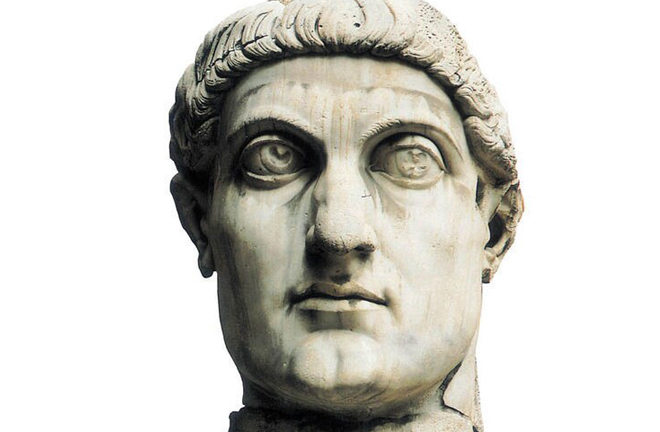Byzantine studies in China maturing into vibrant subject

In 1986, Chen Zhiqiang, a professor of history at Nankai University, introduced a course in Byzantine studies. Since then, Chinese scholars have become increasingly familiar with studies of the Byzantine Empire.
Byzantine studies is an interdisciplinary branch of the humanities that addresses the history, culture, costumes, religion, art, science, economy and politics of the Byzantine Empire.
Although Byzantine studies in China started relatively late, it has witnessed steady development over recent decades and matured into a vibrant discipline.
The Byzantine Empire, or Eastern Roman Empire, was the predominantly Greek-speaking continuation of the eastern part of the Roman Empire during Late Antiquity and the Middle Ages. Its capital city was Constantinople (modern-day Istanbul), which was originally founded as Byzantium.
In Chinese scholars’ view, studying the Byzantine civilization has significant implications for understanding the formation and development of the Chinese civilization.
“Chinese scholars pay more attention to the history of the Byzantine civilization, rather than following the Western model,” said Liu Jianjun, a professor from the Literature Department at Northeast Normal University in Changchun, Jilin Province, adding that it requires reflecting on the experience and lessons of the civilization and providing reference for China’s development.
Byzantine studies started in China in the mid-1950s. More than 30 articles, including 10 papers, were published in various journals in the mid-1980s.
With reform and opening-up, Byzantine studies in China has made breakthroughs in quantity and quality. Currently, an average of 100 articles and 60 books related to the history and culture of the Byzantine Empire are published every year. Chinese scholars have interpreted the empire’s complex transition of history and culture from the perspective of material civilization development.
It is worth mentioning that three papers on Byzantine coins written by Chinese archaeologist Xia Nai (1910-1985) were successively published in 1959, 1961 and 1977, paving the way for a new research area. In recent years, Byzantine coins and their links to ancient China and the Byzantine Empire have been a research focus for Chinese scholars.
In 2014, research into the Byzantine history and culture organized by Chen was listed as one of the major projects of the National Social Science Fund. It comprehensively studies the history of the Byzantine Empire. During the process of study, researchers placed emphasis on new theories and methods under the guidance of historical materialism, endeavoring to objectively reflect the history and culture of the Byzantine Empire.
However, it is necessary to point out that research into Byzantine literature has always been weak in China, with few academic papers and works. “Byzantine literature is a significant component of medieval European literature from the perspective of literary history,” said Liu, who has led a research group dedicated to translating and compiling Byzantine literature materials. Digenis Akritis, a Byzantine epic translated by Liu and his team, will be published later this year.

 PRINT
PRINT CLOSE
CLOSE